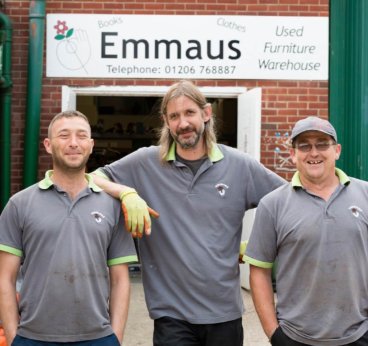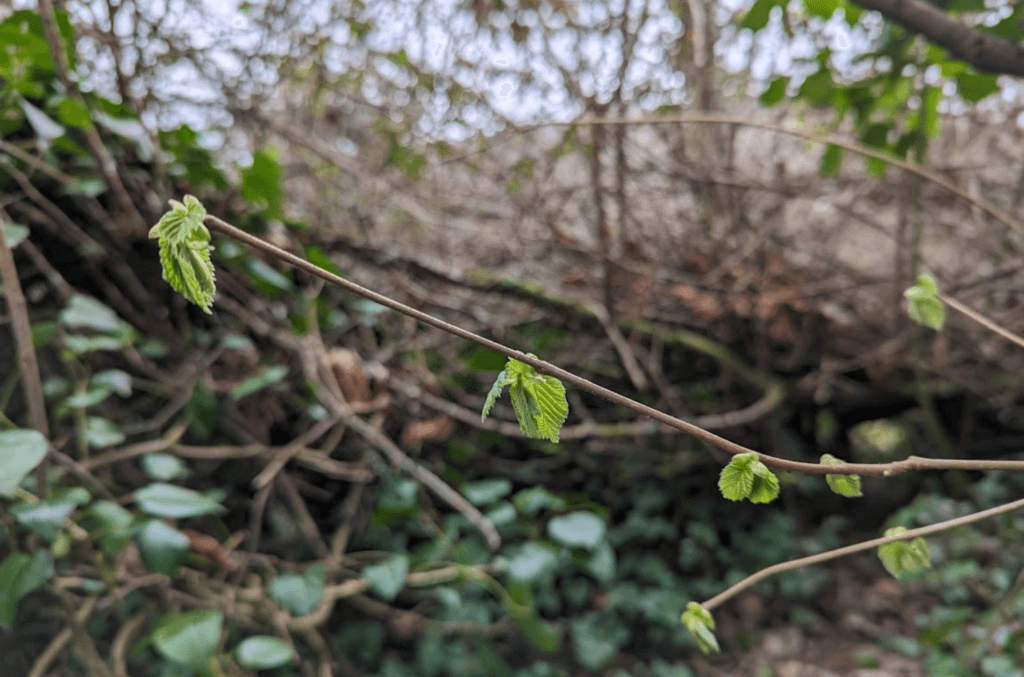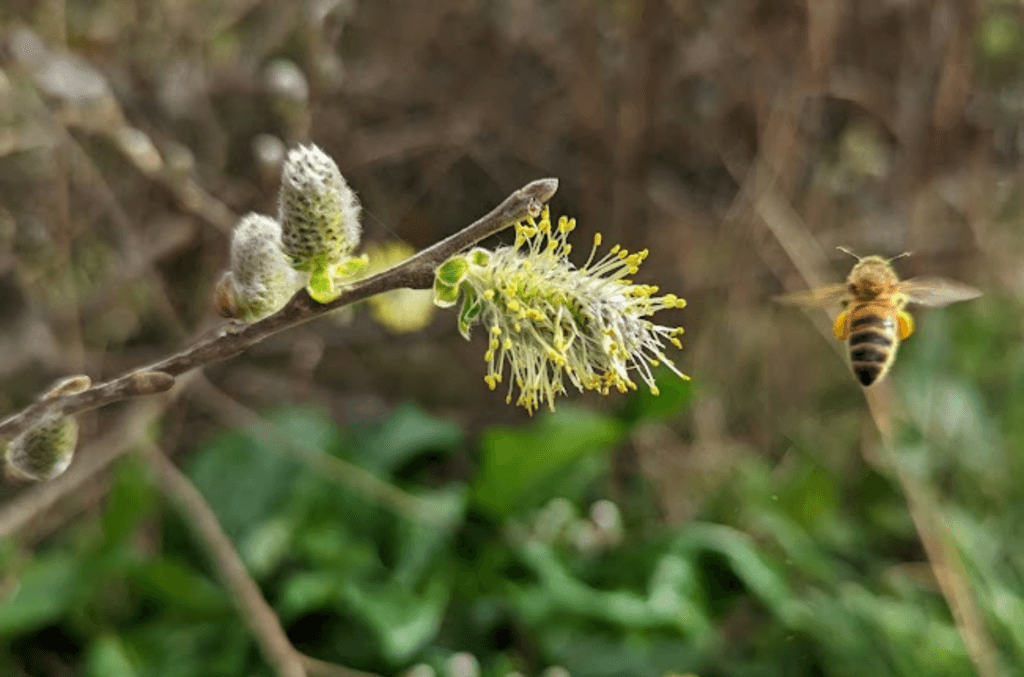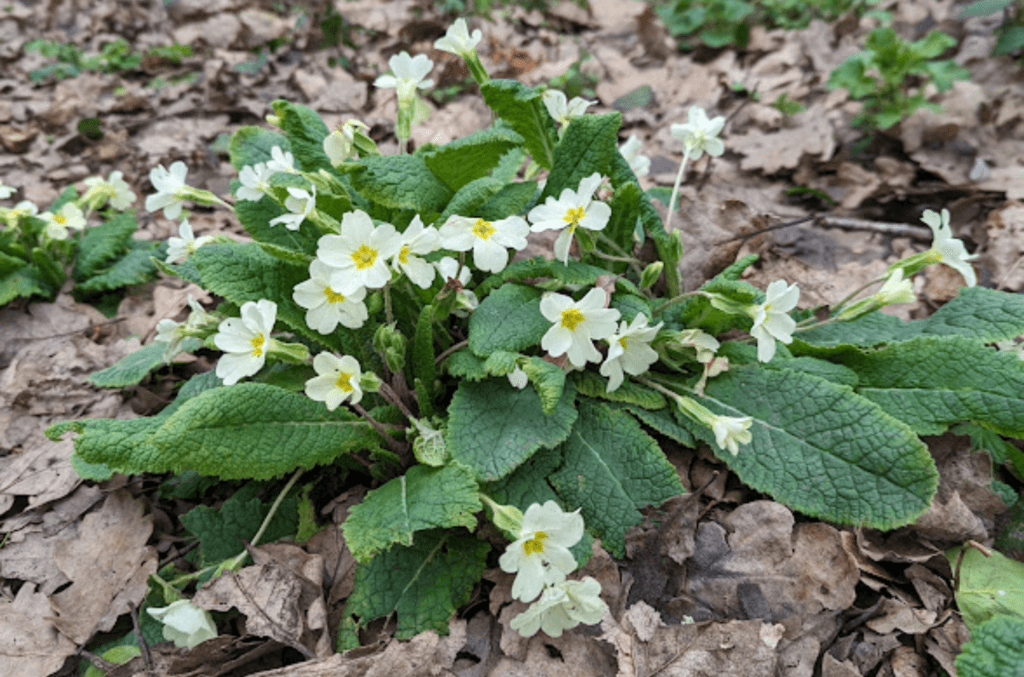Every month Julie, our Tree Nursery Manager, will be bringing you a monthly blog post all about our tree nursery, plants, gardening and more. Expect topics ranging from welcoming wildlife and nurturing nature to sapling stories and timber tales, all to keep you in the loop on the latest happenings at Emmaus Cornwall’s tree nursery.
With spring finally here, we’re excited to share our first post in the series. This month, Julie will be discussing wildlife and sharing insights on hazel and willow trees, highlighting their unique qualities and the benefits they provide. Whether you’re an avid gardener or nature enthusiast looking for inspiration, or simply interested in learning more about what’s happening at our nursery, we’ve got something for everyone in this monthly blog series. So sit back, grab a cup of tea, and join us as we explore the wonderful world of trees and gardening at Emmaus Cornwall! Without further ado, here’s Julie’s first blog post…
From little seeds, big trees grow
There’s no stopping the force of nature, all the tree seedlings are wanting to sprout and start growing. Our trustee Rod has turned his kitchen into a nursery for all the young seedlings we collected last autumn at Trewithen Gardens. The acers germinated first after spending the winter in the fridge. Outside the acorns, sycamore and chestnuts and many other species that were collected are all growing. We are just waiting for 7,000 root trainers to arrive so that they can be transplanted to grow on.
The unique qualities and benefits of willow and hazel trees
Outside the nursery boundaries, the hazel catkins have almost disappeared, and the first signs of the leaves are unfolding showing their beautiful sap green foliage. The bees have moved on from the hazel and are now collecting pollen from the fluffy willow catkins. When bees collect pollen, this is stored for feeding the young bees which means the queen is busy laying eggs. All signs that everything is springing into life!
Hazel and willow are just some of the trees that will be grown in our nursery, as they both have so many great attributes not just for wildlife but for humans to. Although one is connected to the other anyway. Both hazel and willow make great fences and wind breaks because they can be coppiced and layered. If you’re thinking about planting a tree at home, these are two trees that can be grown in the garden and can be kept small if needed or even put into pots.
The buff tip and large Emerald moth are two such insects that benefit from the Hazel tree. Hazel can be coppiced so has been used for charcoal, hurdles and you can even do water divining with them.
With willow there is an amazing variety of different coloured stems which can add a splash of colour in the winter months. Again, it is used in charcoal making, basket making, and tool handles are just a few of their uses. They provide an abundant source of nectar and pollen early on in the season for bees and other insects.
Underneath these trees the primroses are growing. This is a much-loved native flower that heralds in spring, and they always put a smile on my face. If you want to create a more natural garden primroses it is possible to purchase plants and seeds. They are not difficult to grow. If you prefer polyanthus, the insects love them to!





